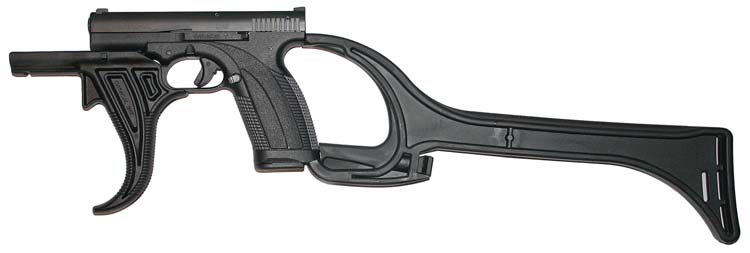
Named after the swift desert Lynx, there is a new choice for a high-capacity, synthetic frame pistol in the United States, and it’s just off the boat from Abu Dhabi.
When Small Arms Review was contacted to see if we were interested in testing the initial batch of Caracal pistols imported into the United States, we enthusiastically accepted. When we were told we would also be receiving the very first Caracal Model F registered as a Short Barreled Rifle in the nation, well, we were delighted.
Background
Caracal International, based in the United Arab Emirates (UAE), started in 2002. Led by a team of European weapon designers the goal was set to develop a new pistol using state-of-the-art technology and materials. After undergoing a long period of R&D, a test certificate was issued in 2006 certifying the Caracal pistol to be in compliance with the NATO D14 standard, the TA Police Standard and the Federal Armed Forces Technical Purchasing Requirements. It was time to introduce the innovative new pistol to the rest of the world. Among the many International trade shows it would soon appear in, they included ADIHEX 2008, IDEX 2009, EXA 2009 and most recently, S.H.O.T. Show 2010 in Las Vegas, NV, USA. Shipments into the United States are just beginning as we are penning this article. They are being imported by Waffen Werks of Knoxville, TN, USA. and marketed by Caracal USA, also of Knoxville, TN.
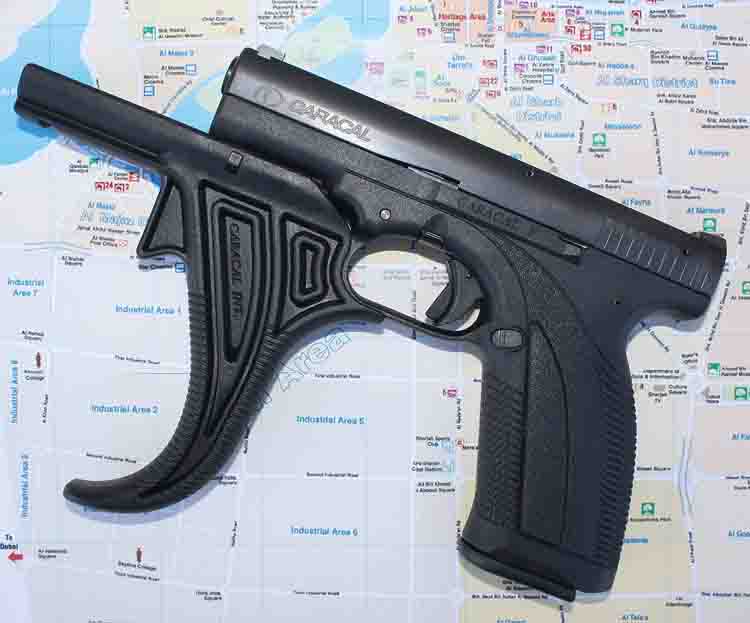
Design Features
The Caracal pistols are synthetic frame, high capacity handguns with a short double action trigger system. While the standard firearms do not have an external safety or decocking lever, at some point in the future they may offer a model with an external, push-button safety located above and to the rear of the trigger. Some utilize a unique sighting system and all have a “cocked action” indicator at the rear of the slide. There is also a loaded chamber indicator by means of a small “window” at the rear of the barrel where a round can be observed from the top if the chamber is loaded. They feature an ambidextrous magazine release and an accessory rail directly in front of the trigger guard. They have similarities to many different handguns on the market, but they feature their own low-axis barrel system to reduce recoil. The magazines are a double-stack design with single round presentation for precision feeding.
Caracal Pistol Variations
At the time of this writing there are 3 models available. Those evaluated by SAR were all chambered in 9x19mm although they will also be available in 9x21mm, .357SIG and .40S&W. The Caracal F is the full size version. With an unloaded weight of only 26.4 ounces (750g) the 9x19mm boasts a magazine capacity of 18+1 rounds. The barrel length is 4.09 inches (104mm) with a sight radius of 6.2 inches (157mm). The sights are a blade in front with a single white dot and the rear sight is a fixed “notch” with another single dot below the slot. The Caracal C is the compact model with a magazine capacity of 15+1. Unloaded weight is 26.1 ounces (740g) and the barrel length is 3.6 inches (93mm). The front sight is the same blade with a white dot but the rear sight is quite unique. With a radius of only 1.7 (43mm) inches between the rear notch (no white dot) the position of the rear sight is what makes it stand out. The rear sight is located 4.3 inches (109mm) from the back plate of the firearm, directly in front of the ejection port. While it was met with mixed concerns on our initial handling, it was found to be quite effective and we will go into more details in the performance section of this article. The newest model is the Caracal SC. This sub-compact version weighs in at 22.94 ounces (650g) and sports a 3.3-inch (86mm) barrel. The magazine capacity is reduced to 13+1 rounds, with a slightly longer 15 round magazine with integrated finger groove available. Like the other models, it will also accept the longer magazines of the Model F and Model C when capacity is of more concern than concealability. As of this writing the Caracal SC does not meet the importation “points count” for the United States so it is currently not available for retail sale.
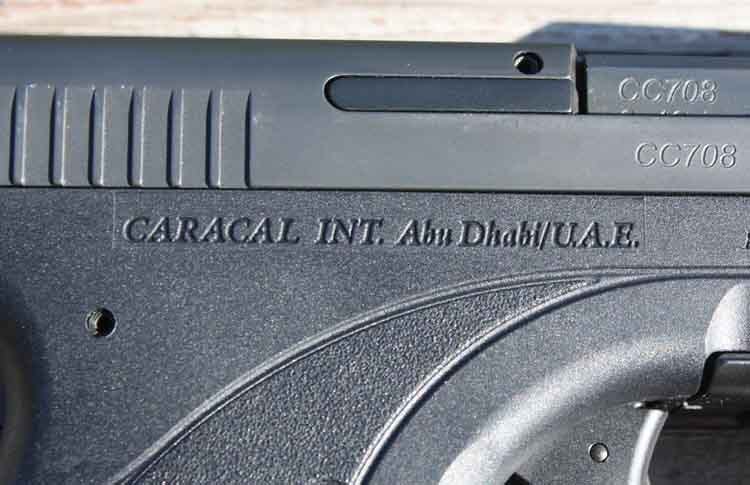
All pistols have a short rail integrated into the frame in front of the trigger guard for attachment of accessories including laser sights, lights or grips. The trigger mechanism is a short double action and all have a visual indicator at the rear to show when the pistol is cocked and ready to fire. The trigger pull comes in at approximately 4.8 pounds (2.2kg) with .31 inches (8mm) of travel. While all have the ability to accept a locking front grip accessory (if previously properly registered as an A.O.W. with the BATFE of course) the Caracal F also has a notch at the rear of the receiver to accept a factory stock (when registered with BATFE as a short barreled rifle).
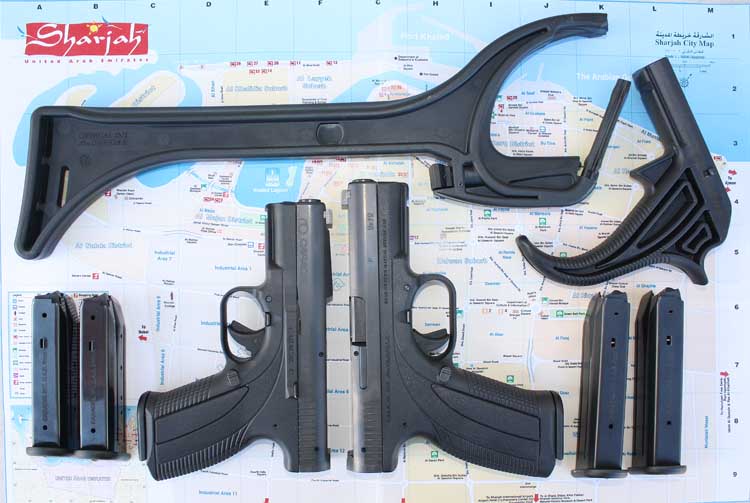
Range Time
We visited the test range accompanied with several hundred rounds of ammo, a PACT MKIV Pro chronograph and timer and plenty of targets to collect data. Before setting up any equipment, all shooters in attendance wanted to fire a few magazines to get a basic feel for this new platform. The sight system of the Caracal C raised the most curiosity and shooters lined up to spend some time with this pistol first. The SBR Caracal F with the shoulder stock was equally as intriguing and also got plenty of attention. After a brief introductory period where we started counting rounds for a basic function check, we set up some equipment and started collecting data.
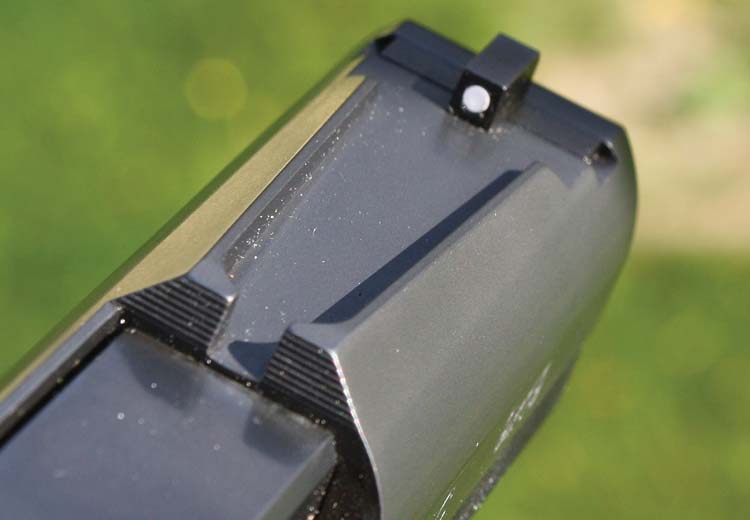
The first day out we had four very experienced pistol shooters. Initial testing started with the Caracal C followed by the Caracal F and lastly the Caracal F with the shoulder stock. Testing was conducted at the Small Arms Research Test Facility in Maine and accuracy shooting was recorded at a distance of 10 yards. Targets were standard “Q” targets and blank sheets with a 3-inch red dot for an aiming point for each configuration. One 10-shot group was fired at each dot by each shooter on their own target to see how each configuration change affected their shooting. It is a good comparison exercise because all the variables are the same except for the actual pistol or configuration being used and the groups are all clearly defined while close enough to be used for comparison.
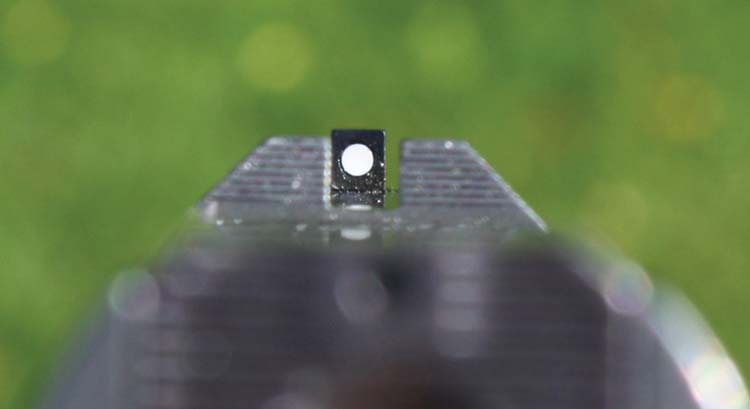
There is a difference in the design of all of the Caracal guns that lessens the muzzle rise. They are designed so the centerline of the barrel is closer to the hand. This makes controlled pairs (previously often referred to as “double-taps”) easier and faster with no loss of accuracy and shot placement. This low centerline is a very important part of the Caracal pistol system and should prove popular to many who try the system.
Phase I – Accuracy
Ammo used in the first round was standard Winchester “White Box” 115gr FMJ. It was duplicated with Wolf 115gr FMJ and Federal American Eagle 147gr FPJ. None of the firearms ever malfunctioned at any time and the results were very similar for all types of ammo. The smaller Caracal C model performed extremely similar to, and in a few cases even superior to the full size Caracal F model. All groups tightened considerably when using the stocked (SBR) Caracal F. Many of the groups were so tight they showed little evidence of 10 rounds being fired. The addition of the stock left no doubt at the enhancement in performance with the sturdy hold it allows.
We earlier briefly touched on the odd sights of the Caracal C and we were all a little amazed at the level of accuracy they allowed the shooters to attain. With the short radius of 1.7 inches between the sights all test shooters had an assumption that it would be a hindrance to accuracy. The part of the equation that appears to make them so effective is the increase in distance between the shooters eye and the rear sight. While the distance from the eye of this writer to the rear sight of the Caracal F and most guns with “traditional” rear sights is approximately 14 inches, with the Caracal C the distance is close to 17.5 inches with the same hold. We are sure this will be the topic of plenty of spirited debate in the future, but the performance we achieved when comparing the two guns was very close to identical, and that is even when using the shorter barrel of the Caracal C, which can frequently degrade accuracy. One comment that rang out numerous times is that the close proximity of the rear and front target made it easier on the eye to get a good focus on the front sight without losing focus of the rear sight. The sight on the Caracal C, named the “Quick Sight” will also be available as an option on the full-size Caracal F.
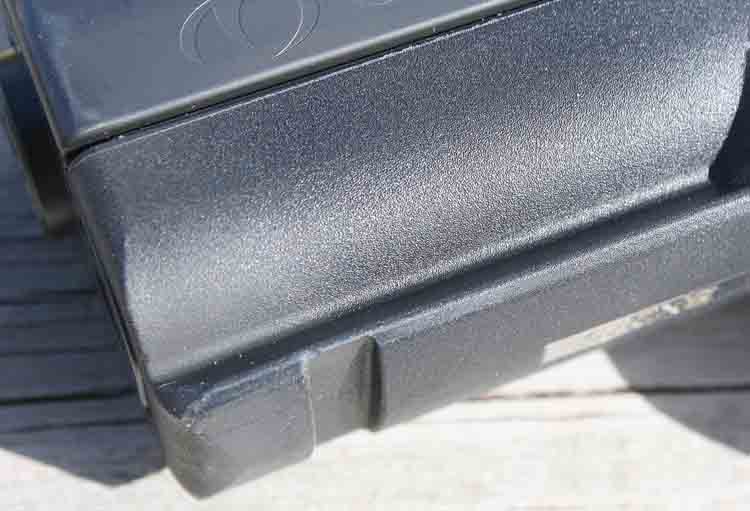
Testing the real effective range of the stocked version we moved further back after the initial round of shooting to ranges more suited for a “carbine” than a pistol. All shooters found the maximum “sweet spot” with the stocked pistol to be in the range of 15-yards. Groups were fired at 10 yards, 15 yards and 25 yards. At 10 yards, the groups were extremely tight when compared to shooting unassisted.
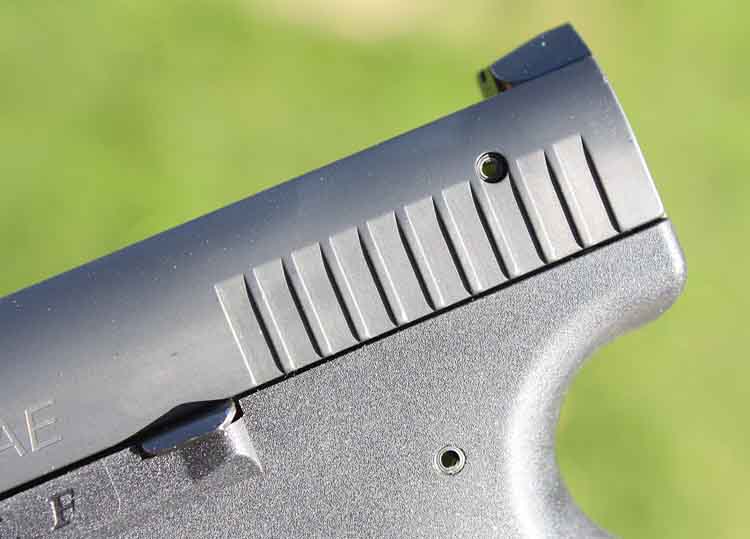
When testing commenced at 25 yards the groups opened considerably, many even wider than when using no stock. After completing this exercise numerous times it was our conclusion that the stock brought the sights so close to the eye of the shooter it actually made it difficult to focus on the front blade and still maintain a good line of sight with the target area. It was universally believed that a different sight would be very helpful for the firearm to attain its true potential at the further “carbine distances” and the pistol had much more accuracy potential than we could achieve with the addition of just the stock. It would have been interesting to try the sighting system of the shorter Caracal C in conjunction with the stock but we were not able to do so.
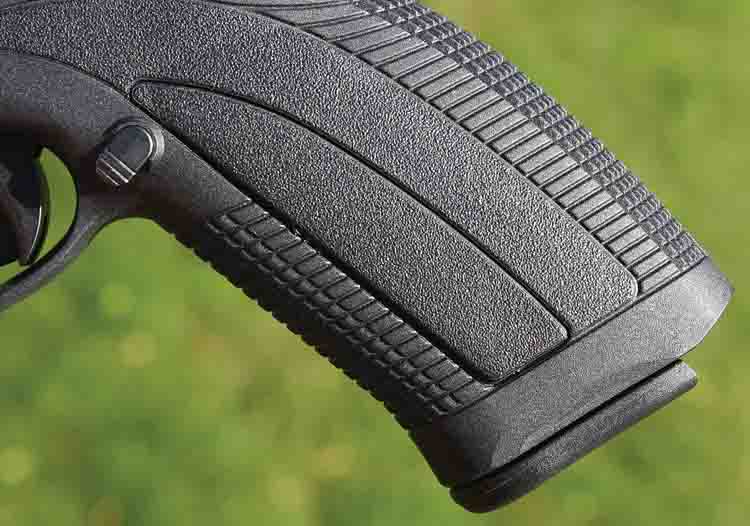
The next phase of testing with the stock moved in to 15 yards and a significant improvement was seen at this distance. At 15 yards the groups again tightened up as would be expected for a stocked pistol. The sights, along with the target were in sync with all shooters, much better than at the 25-yard distance.
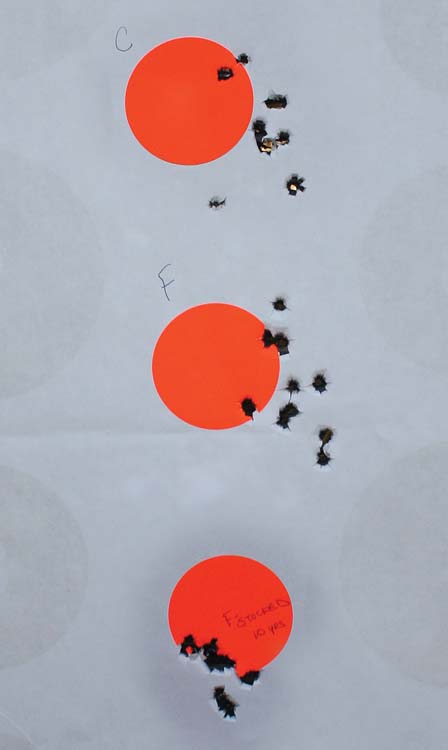
It was our conclusion that the hardest issue to overcome for accurate shooting at long distances is the sights, which are designed for much shorter distances. To remedy this issue Caracal will have a sight mount available for use with many of the small “dot-type” sights, which will improve the accuracy greatly.
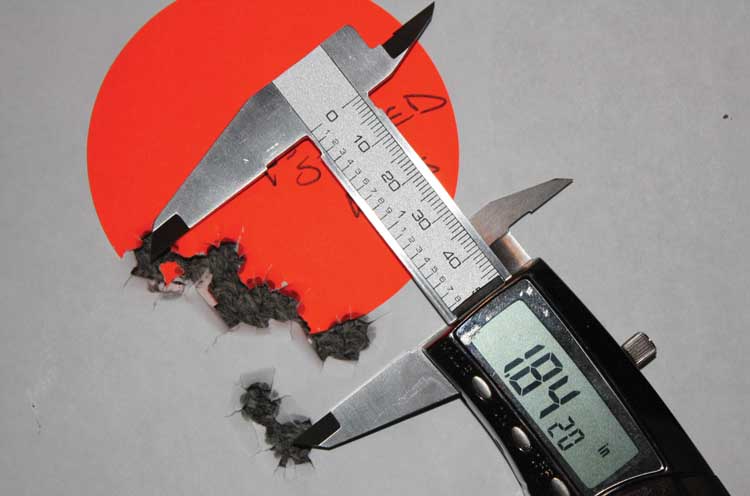
Here are a few comments from the test shooters on the stocked pistol in general:
•Stock Length. One thing this writer found refreshing about the stock was the length. It feels longer than many other pistol stocks. It is comfortable to shoot and at close distances the improvement in accuracy was greatly increased.
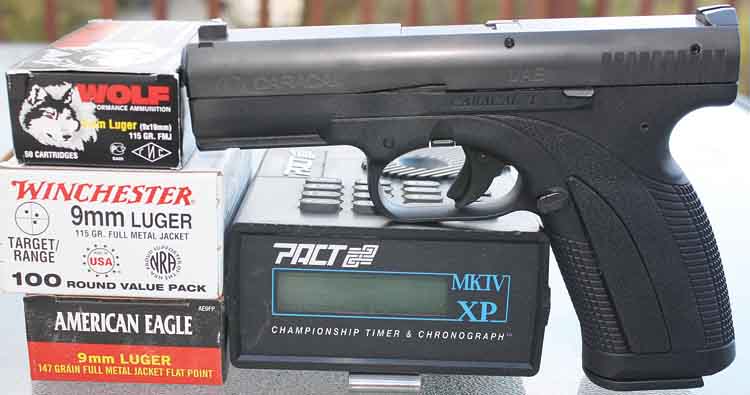
•Stock Function. The stock allowed function of all controls while in place, which is a plus. It did, however, take a little manipulation or a conscious effort to perform the normal tasks. One shooter could engage the magazine release in a normal manor while another with shorter fingers could not. Possibly enlarging the space in the stock where it is attached to the pistol could make the controls easier to utilize by allowing more of the shooter’s hand to fit into the space.

•Stock Fit. – The stock locked up tight and retained its position well due to the manual release pin at the bottom of the grip and the engagement slot at the top, under the slide. It is very solid. One thing that may be helpful to some would be a riser or comb built into the stock allowing the shooter to achieve a cheek weld. In its current configuration, even though it steadies the platform greatly, it is not possible to attain a cheek weld and still have the ability to utilize the sights.
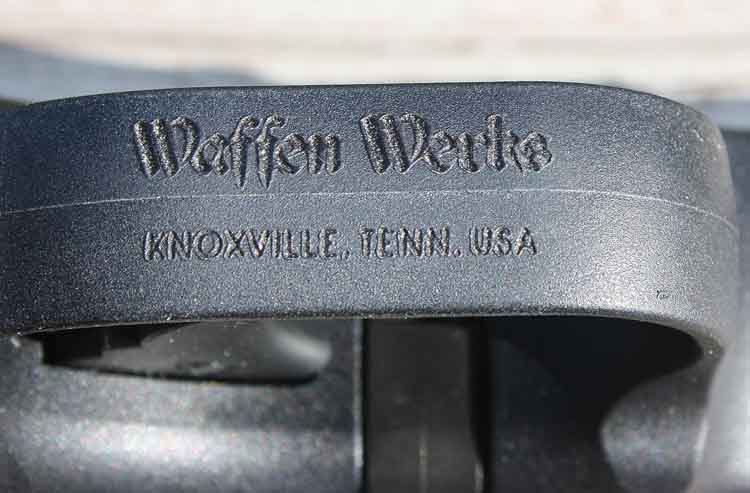
Phase II – Muzzle Velocity
Each pistol, along with a factory stock Glock 17 was tested with three types of ammunition. Ammunition tested included Winchester “white box” bulk pack 115gr FMJ, Wolf 115gr FMY and Federal American Eagle 147gr FPFMJ. Muzzle velocity testing was performed at 290 feet above sea level with an outside temperature of 62ºF. Measurements were taken using a PACT MKIV XP chronograph and timer with Infrared screens, measured 8 feet from the muzzle. The Glock was added to the testing for comparison purposes since it is a well-known and heavily tested platform familiar to most pistol shooters.
A full chart is included in this article with all details and the summary is below.
The Caracal F:
Win 115gr FMJ – Average MV 1,137 fps.
Wolf 115gr FMJ – Average MV 1,145 fps.
Federal 147gr FMJFP – Average MV 964 fps.
The Caracal C:
Win 115gr FMJ – Average MV 1,072 fps.
Wolf 115gr FMJ – Average MV 1,104 fps.
Federal 147gr FMJFP – Average MV 920 fps.
The Glock 17:
Win 115gr FMJ – Average MV 1,179 fps
. Wolf 115gr FMJ – Average MV 1,176 fps.
Federal 147gr FMJFP – Average MV 976 fps.
The Wolf ammo was, by far, the most consistent in all platforms with an average total extreme spread (ES) of only 25fps. The Federal was 2nd with an average total extreme spread of 77fps and the Winchester came in at 127fps. There were a few erratic rounds in both the Winchester and the Federal strings that brought the average ES up in both, but none occurred with the Wolf.
Phase III – Basic Function Testing
This portion of the testing actually happens in the background throughout the entire time we are performing live fire exercises. In this particular series of tests we fired approximately 500 rounds of ammo, with the majority of it being the Winchester 115gr FMJ. We were pleasantly surprised that from the first break-in shot to the very last fired (so far) not a single malfunction of any type was recorded.
Just like it was explained to us before these were shipped, the pistols unique “low axis” design made a noticeable difference in the felt recoil and muzzle rise. Controlled pairs were very easy. When the Caracal F was fired with the shoulder stock there was a lack of muzzle rise and the recoil could even be felt as much more of a rearward force than a rising muzzle.
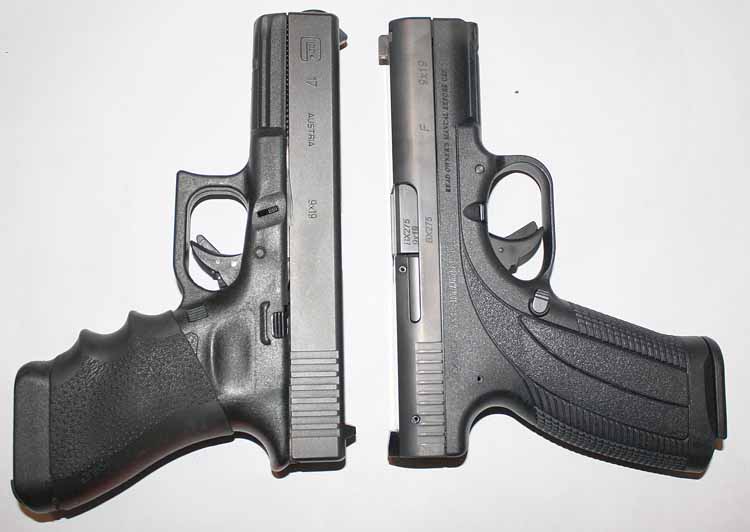
Observations
The Caracal is certainly a unique pistol with plenty of its own characteristics. As we understand the original mission statement this is exactly the goal they wished to achieve during its conception. There are a few specific features we thought warranted commenting on and will leave it up to the end user whether these are positive or not. The first is the trigger. With many semiautomatic designs the reset after firing is so defined it can sometimes be heard as a small “SNAP”, even by other shooters. The reset position on the trigger of the Caracal pistols is more of a soft push with no audible indication. After a very small amount of trigger time the exact point can be felt for tighter groups and follow shots when desired. The back strap area has an aggressive look but our test shooters actually found it to be comfortable and smooth. Some shooters prefer a heavily stippled and rough gripping surface while others do not so this is a matter of personal preference. The sights are a “dot over dot” style. Many of our test shooters tended to prefer, or have at least spent much more time with the standard 3-dot systems where all are lined up horizontally instead of vertically. Although it was not a traditional feel it certainly did not hinder the performance.
Conclusions
Small Arms Review is very pleased to have been asked to bring the Caracal pistols to light in our pages. While there are a few other publications that have requested them, and maybe even received them at this point, SAR has received the only Caracal F registered as a Short barreled Rifle and shipped with the optional stock for additional testing.
The workmanship of all pistols and related accessories has been of very high quality. There were absolutely zero malfunctions of any kind in any configuration and they performed exactly as they were advertised. The recoil and muzzle rise for follow-up shots is extremely low as their design required. The accessory rail was in spec to utilize any of the popular lights, lasers or grips on the market. All who tested these pistols were anxious about their experience with a pistol arriving from UAE, as it was a first for all involved and no one had any reservations about the quality, function and reliability of them after some hands-on testing. Every shooter who had the opportunity for live-fire testing impressed themselves in their shot placement abilities with all the Caracal models and configurations. For such a foreign feeling gun at first impression they performed like something quite familiar within no time. With an MSRP of $720 USD, a realistic price to see at your local gun shops should be in the area of $599.00. In this price range we have no doubt that many people will be seeing these at local ranges soon and impressing themselves the same way we did.
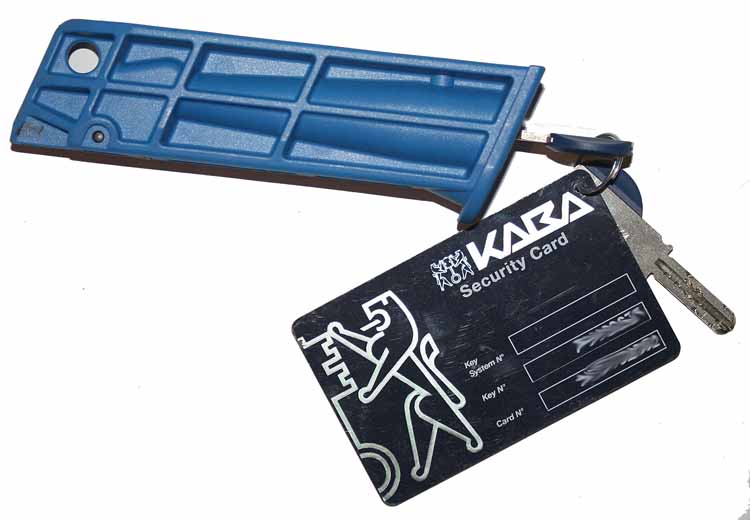
Caracal Pistols Waffen Werks, USA
Knoxville, TN
www.waffenwerks.com
| This article first appeared in Small Arms Review V14N4 (January 2011) |











